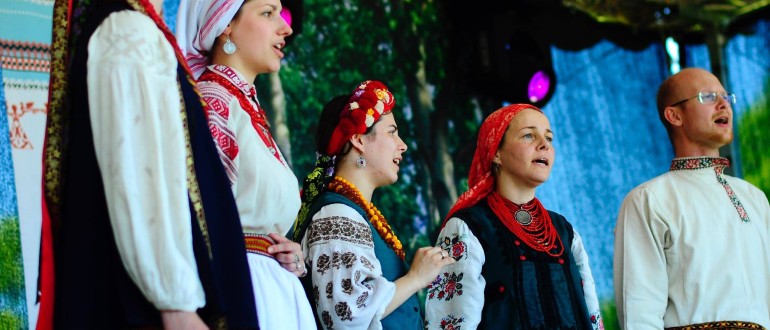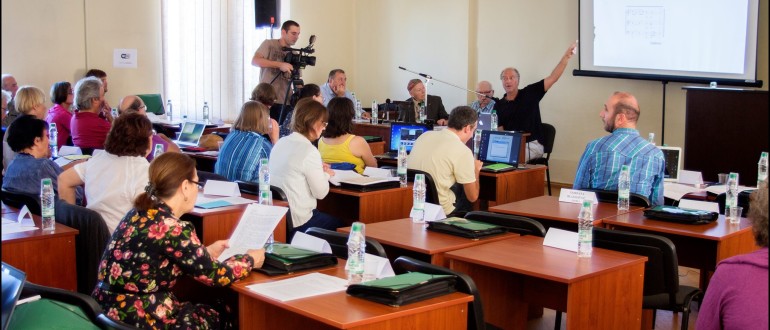The Bosnian and Herzegovian rural areas were mostly isolated from the major developments of social and economical infrastructure and retained a big part of their traditio
nal culture. Their culture represents a mixture of the elements of the pre-Islamic and Islamic periods. As a result of the efforts of visiting Czech folklorist Ludvik Kuba (in 1889) and native scholars (particularly Cvjetko Rihtman few decades later) the tradition of vocal polyphony was brought to the attention of European ethnomusicologists relatively early. Polyphonic singing is widespread throughout Bosnia and Herzegovina. The main type of polyphony is drone. The drone is usually performed by a group of singers, and the main melody is performed by a soloist. The melody usually has a small range (third or fourth). Two-part singing dominates, although a three-part singing tradition has also been documented. In eastern Herzegovina the melodic line often uses special techniques: shaking of the voice (“potresanie”) and exclamations on “oi” (“oikanie”). These techniques are used in table songs, which survived despite the hostile attitude towards the table (and drinking) traditions of the official Moslem religion. The drone often consists of two components: the so-called “straight voice” (the pedal drone) and the ornamented drone with added small ornaments. This added ornamented drone is traditionally mentioned as a “sobbing” (jekanie) or “cutting” (sjecanie) voice. Melodies develop in a specific manner as a “crawling” across often the half-tone intervals. The range of each part is often very narrow (minor third).
The new style of vocal polyphony (called na bas), influenced by European professional polyphony, has been documented in Bosnia and Herzegovina from the beginning of the 20th century. This style is based on parallel thirds and specific cadencial fifths. Interesting examples of the mixture of old and new polyphonic styles has been also documented: “Older versions of Bosnian na bas singing sometimes use seconds in alternation with thirds” (Petrovich, 2000:964)






